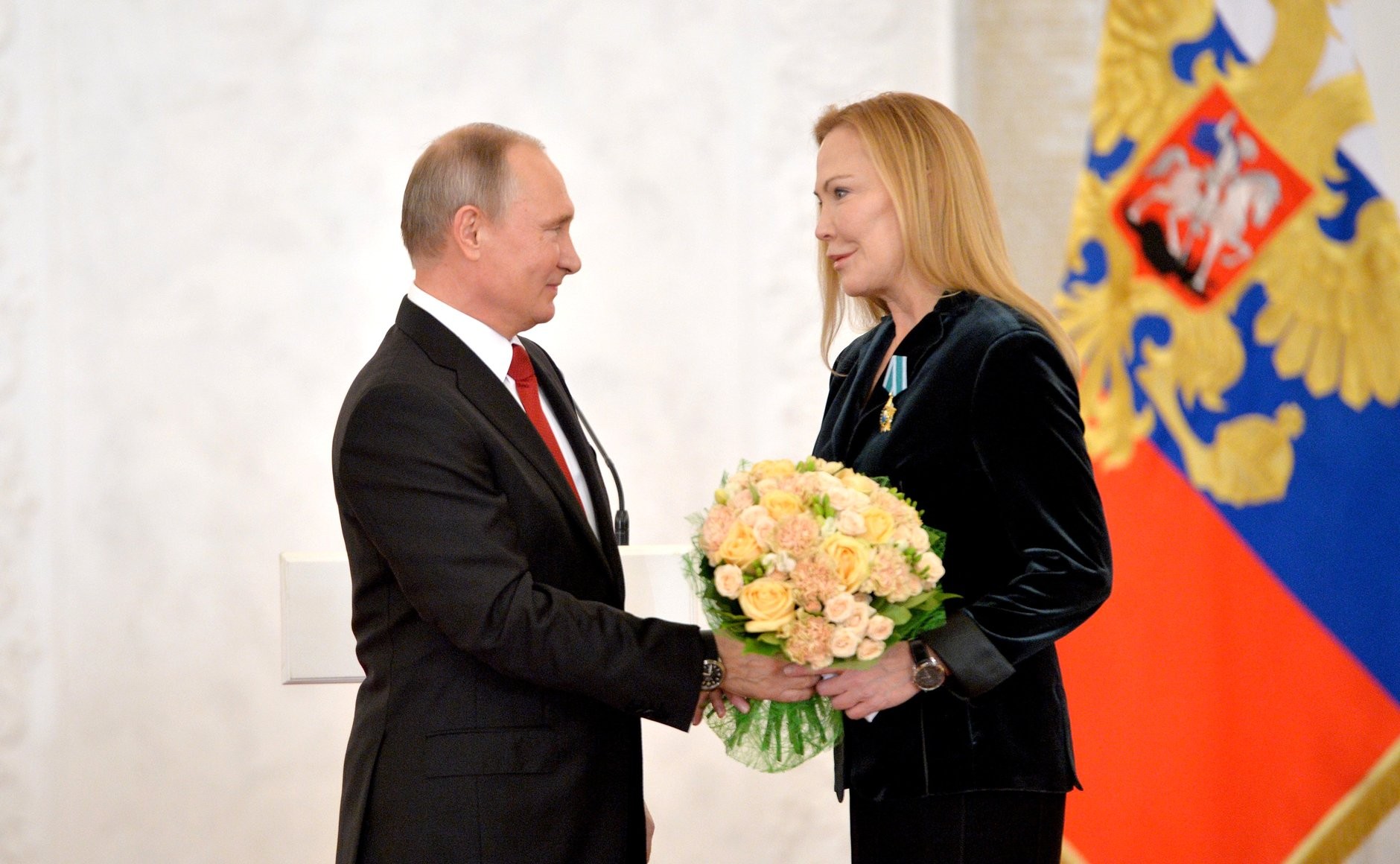 Courtesy: Kremlin
Courtesy: Kremlin
Considering the Carmel Institute: Is All Russian Public Diplomacy Malign?
Recently, a letter to the editor by Anatoly Antonov, Russia’s ambassador to the United States, was published by The New York Times. In his letter, Antonov addressed an article published earlier last month by The Times entitled “Has a U.S. College Given Russia Too Friendly a Platform?” The article questioned whether American University’s Carmel Institute of Russian Culture and History problematically extends Russian influence in the United States. Antonov responded by condemning Russophobia in the American media, and he expressed his support for programs like the Carmel Institute because “[e]veryone benefits from greater cultural understanding between [the U.S. and Russia] now and far into the future.” Since 2016, we have all become aware of how Russia weaponized social media to gain influence by shaping public opinion, spreading disinformation, and exposing people to propaganda. However, are all efforts to extend Russian influence malign?
Initially known as the Initiative for Russian Culture, the Carmel Institute was founded in 2011. It was one of several programs, including the installation of the “Russian Lounge” at the Kennedy Center, spearheaded by former Russian ambassador Sergey Kislyak to promote Russian culture and exercise soft power. The Carmel Institute aims to build connections between Russian and American youth through things like theater, film screenings, conferences, and student exchanges. The former executive director of the program described the program as trying “to expose American students to Russia as a cultural superpower.” The program’s focus on culture instead of topics like Russian actions in Ukraine and inference in elections has inspired criticism, and some question whether it is yet another effort to extend Russian influence in the U.S.
Considering all Russian efforts at extending influence malign, however, is counterproductive. Efforts to extend Russian influence through educational initiatives and funding of the things like the arts and historical sites could be considered legitimate attempts at building Russia’s soft power through public diplomacy. After all, the scholarships offered by the Carmel Institute to support students going to study at Russian universities aren’t too dissimilar from the YEAR of Exchange in the U.S., Fulbright Program, and Global UGRAD programs the State Department offers to Russians. Student exchanges are a valuable component of public diplomacy, and association of these programs with Russia doesn’t nullify the potential for such programs to promote valuable mutual understanding between our two countries.
Vilifying such programs only plays into the situation described by Ambassador Antonov, where “Russian culture is portrayed as a powerful tool of the Kremlin to manipulate American public opinion.” Skepticism towards Russian efforts to expand influence in the United States is understandable in the wake of the election meddling. Compounding these suspicions, the Times article also mentions that Maria Butina, who was a former graduate student at American University and plead guilty to conspiracy to violate the law governing foreign agents, discussed the Carmel Institute with Kislyak. It certainly doesn’t help either that Vladimir Tolstoi, great-grandson of the novelist, described soft power tools like the Russian language as “a powerful and formidable weapon” that “must be in full combat readiness.” However, it is important to distinguish the types of soft power initiatives in education and the arts from efforts like the Kremlin’s meddling in the elections.
Efforts to promote Russian culture are different from the types of “influence” operations the Kremlin uses to manipulate the American public. For instance, these cultural efforts aren’t trying to hide their ties to Russia. The social media accounts the Internet Research Agency uses to interfere in American elections, for example, are designed to pose as Americans. A little more overtly, RT, which has been described by the intelligence community as a “state-run propaganda machine,” meddled in the elections by collaborating with WikiLeaks and helping sow disinformation.
The ties between efforts to promote Russian culture and Russia, however, are quite clear. Kislyak at one point served as an honorary co-chairman of the Carmel Institute. Many of its events are hosted at the Russian embassy. Galas hosted by VTB, a bank owned by the Russian government, at the Kennedy Center featured the VTB logo onstage and on staff uniforms.
The difference between these overt cultural endeavors and covert social media campaigns makes it useful to draw a distinction between influence and manipulation. Unlike attempts to meddle in American elections, efforts to promote culture can be valuable. As the director of the Carmel Institute said, “[t]he worse the relationship is in politics, the more important it is to see the other side of the enemy.” If Russia is “the enemy,” even these cultural programs can be problematic. It raises the question of why Russia is trying to gain influence and soft power through these initiatives. Is it trying to pursue greater understanding and deepen Russia’s relationship with the United States, or is it just trying to secure some objective? Alternatively, we can look at this Russian cultural outreach as an opportunity to better understand Russia. Allowing Americans to familiarize themselves with Russian culture can be useful for building important relationships in the future.
With this in mind, ideally, support for Russian public diplomacy would come from sources not directly implicated in some of Russia’s worst behavior. Oligarchs and state-owned entities like VTB are under limited sanctions, and because of this, otherwise innocent cultural events can have a tainted character. Demonstrating this, a VTB event at the Kennedy Center invited at least two State Department officials, one of whom was responsible for sanctions policy. But in some respects, Ambassador Antonov is correct. We shouldn’t always treat Russia culture as a malign tool of the Kremlin. If cultural diplomacy were sponsored by sources acting in good faith, we shouldn’t spurn them for being Russian. Unfortunately, however, the Kremlin has given us good reason to view cultural diplomacy efforts with skepticism. We should welcome opportunities to build greater understanding between Americans and Russians, but we should always be wary of the sources behind these efforts and their motives.





